RELPOL Electrical Installation
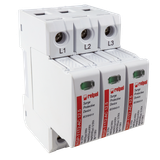
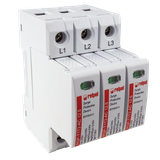
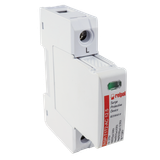

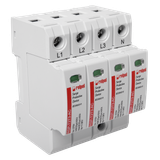

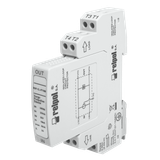
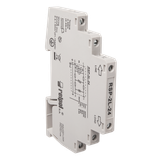





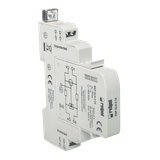
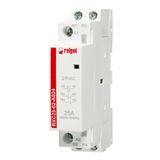
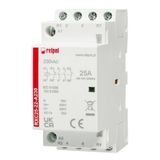



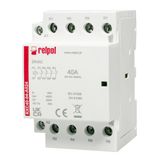
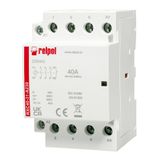
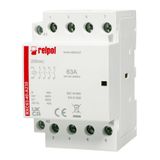
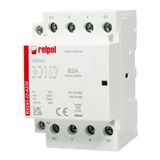

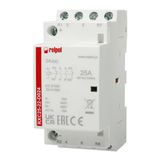
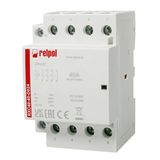
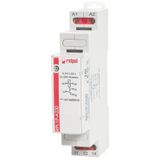
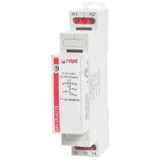
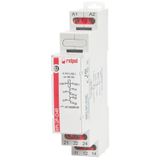
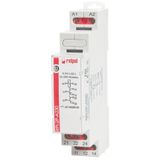
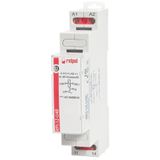
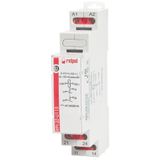
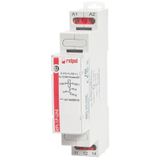

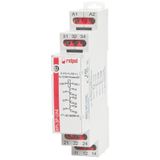
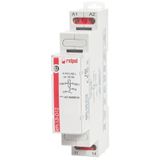
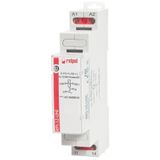
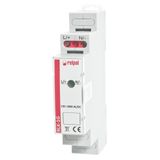


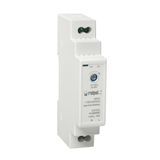


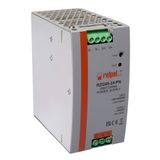

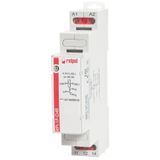
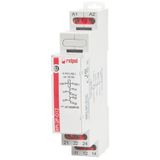
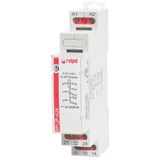
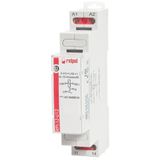

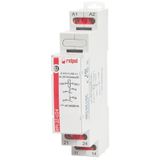
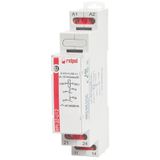
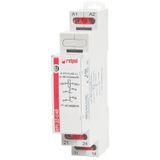
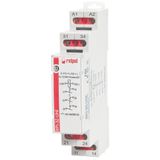
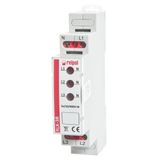
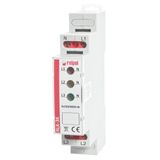

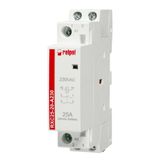
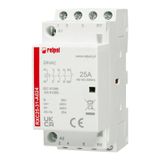
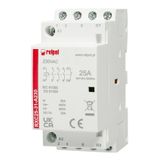
relpol installation for panel builders and site crews
This category consolidates hardware used every day in boards and enclosures: DIN‑rail terminal blocks, end‑stops, markers, jumpers, wiring ducts, glands, cable management, and earthing parts that make a panel serviceable for years. Engineers specify these parts alongside Relpol relays so commissioning is clean, labeling is consistent, and maintenance is fast.
Product range and series overview – relpol installation accessories
Expect four functional groups that map to real tasks:
- Terminations – feed‑through, multi‑level, and PE/earth terminals for copper conductors; end covers, partition plates, and test plugs. Cross‑connect jumpers let you bus commons without loose wires.
- Mounting and fixation – DIN‑rail TS35/TS15, spring clips, end‑stops, panel brackets, and separation barriers that define safe zones inside the enclosure.
- Routing and entry – slotted wiring duct, saddle ties, self‑adhesive tie bases, cable clamps, and IP‑rated cable glands with locknuts and seals.
- Identification – terminal markers, device tags, wire ferrules with color sleeves, and machine‑printable labels for quick audits.
In practice, standardizing on one marker pitch and one jumper system cuts panel time noticeably and simplifies field spares.
Technical specifications and standards – relpol mounting accessories
- Terminal blocks: screw or spring‑clamp designs sized for typical ranges 0.5–10 mm² (up to 16/25 mm² on power feeders). Performance context EN/IEC 60947‑7‑1 (feed‑through) and ‑7‑2 (PE). Test ports allow probe access without undoing conductors.
- Earthing: PE terminals with yellow/green bodies and serrated feet for rail bonding. Continuity should be verified during FAT with <0.1 Ω rail‑to‑stud readings.
- DIN rail & end‑stops: zinc‑plated steel or aluminum rails per EN 60715; captive end‑stops prevent creep under vibration.
- Wiring duct: halogen‑free PVC or PC/ABS blends; low‑smoke options for public buildings. Slot geometry supports tight bend radii without kinking.
- Cable glands: metric M16/M20/M25 threads with clamp ranges that match common jacket ODs; strain‑relief to EN 62444; sealing to IP54–IP68 depending on insert.
- Materials & fire: housings typically self‑extinguishing UL 94 V‑0; operating ambient −25…+70 °C depending on polymer and density.
- Marking: markers match terminal pitch (usually 5–6 mm); engraved or printed tags resist cleaning agents used in facilities.
Two field habits pay off: torque terminals to the maker’s spec and re‑torque after burn‑in; crimp ferrules on all fine‑strand conductors to stop cold‑flow issues.
Applications and compatibility – relpol installation terminals
- BMS and lighting panels: feed‑through blocks with pluggable jumpers create clean common rails for DALI/0–10 V control and mains separation.
- Machinery/OEM: multi‑level terminals reduce width in slim enclosures; PE and FE rails maintain equipotential bonding across doors and sub‑plates.
- Infrastructure: water/wastewater kiosks benefit from halogen‑free duct and IP‑rated glands; color‑coded markers ease troubleshooting in the rain.
These accessories sit naturally beside Relpol relays and sockets on TS35 rails. Keep conductor sizes aligned to terminal ratings; mixing 0.5 mm² and 6 mm² under one screw is a classic source of hot spots
Integration with other brand products
Relpol interface relays and timing modules mount on the same rails and share labeling conventions with the terminal systems here. Use cross‑connects to bus PLC commons to relay rows, then segregate ELV control from mains with partition barriers. For door‑mounted devices, add flexible conduits and strain‑relieved service loops so repeated opening doesn’t fatigue conductors.
When specifying panel entries, pair glands with grommet plates and choose the correct thread adaptors; that keeps ingress ratings intact and avoids ad‑hoc drilling.
Selection criteria for B2B clients – relpol wiring accessories
- Conductor range & topology – pick terminal families that natively fit your smallest and largest wire cross‑sections; avoid reducers unless absolutely needed.
- Clamp technology – spring for vibration‑prone sites and frequent maintenance; screw for heavy cross‑sections and ring/fork terminals.
- Ingress & environment – indoor commercial panels can use IP54 glands; outdoors or wash‑down choose IP66/67/68 and stainless hardware.
- Identification system – define a single marker font, pitch, and color code across sites; it halves troubleshooting time later.
- Panel density & serviceability – multi‑level blocks save width but complicate probing; leave test points accessible.
Stock planners usually standardize one grey feed‑through line, one yellow/green PE line, and a compact multi‑level series; jumpers and markers match across all three
Advantages of working with Bankoflamps
- Individual B2B pricing and custom offers tailored to project scope.
- Personal account manager for samples, submittals, и logistics.
- Real‑time stock visibility across EU warehouses.
- Quick quote response (~1 hour) for tender agility.
- Fast order placement by EAN/MPN with clean traceability.
- Downloadable, always up‑to‑date price lists for ERP syncing.
- Lead‑time tracking and order status updates for site scheduling.
- Purchase‑history access and analytics to consolidate SKUs.
- Post‑payment (up to 30 days) for trusted clients.
- Consolidated shipment management to reduce freight costs.
- Stable pricing with validity dates; we serve France, the Baltics, Germany, Spain, Italy, Belgium, and the Netherlands.